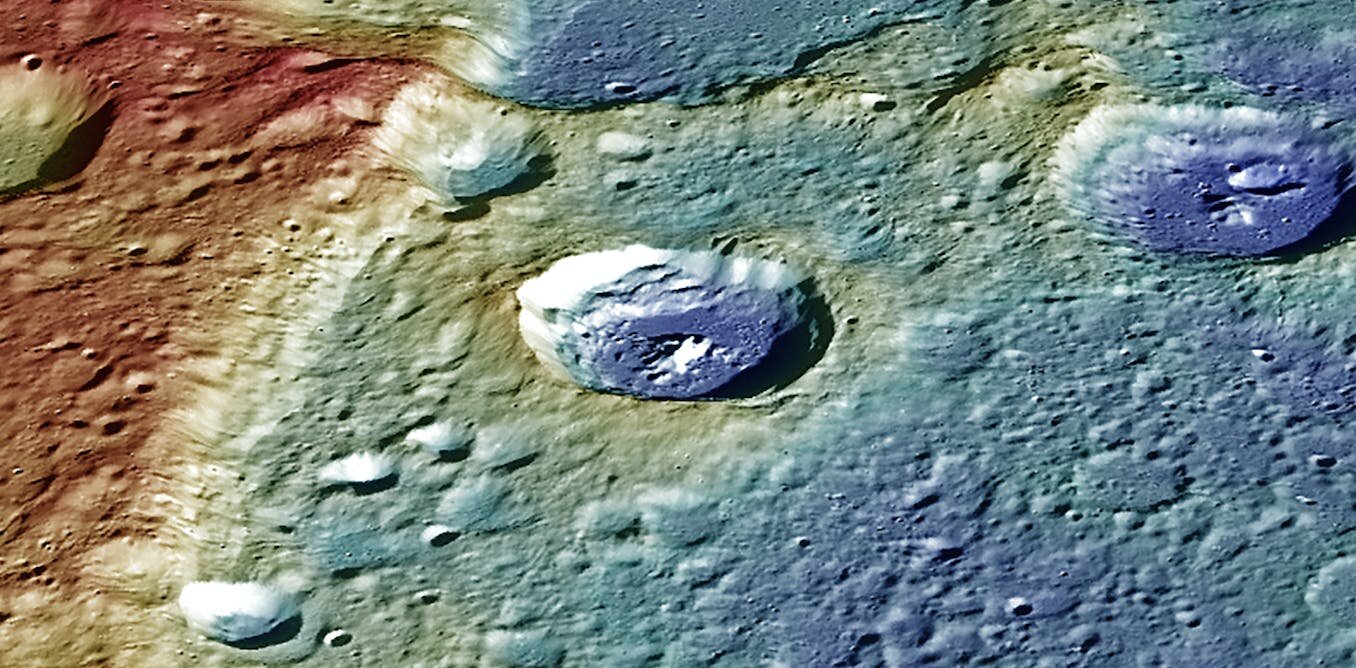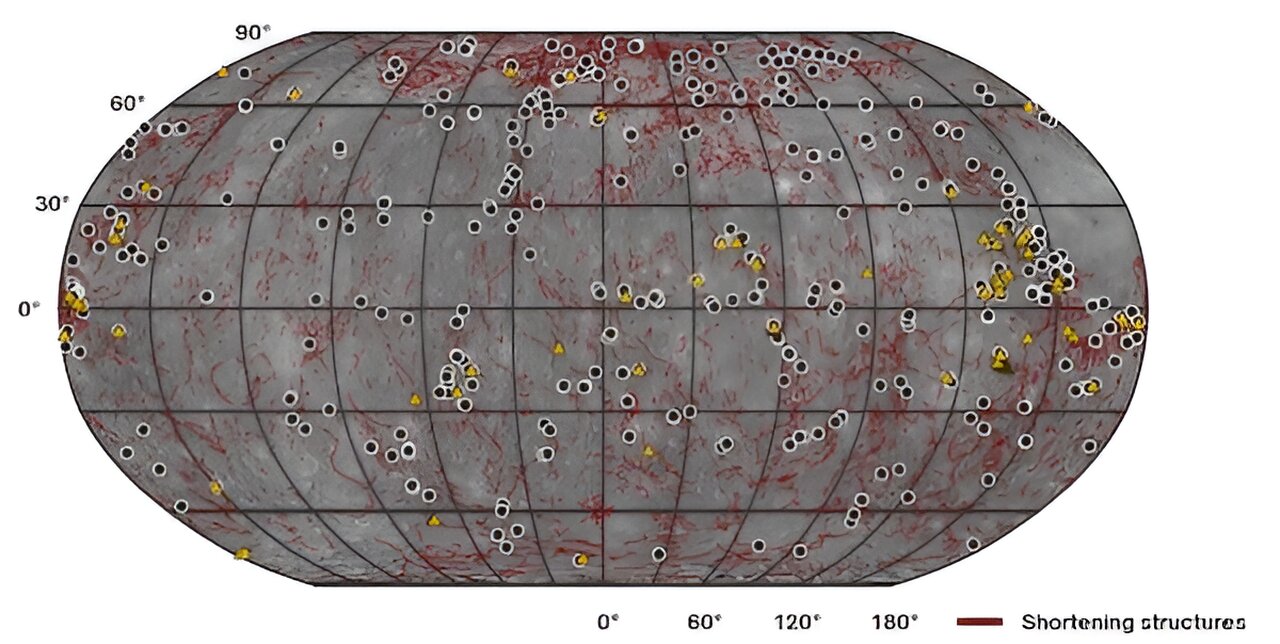Mercury is decreasing in size due to the proximity of the Sun. This is evidenced by the system of giant scarps that covers the entire planet. Recently, they became convinced that these relief forms were formed not so long ago. This means that this celestial body continues to “dry up”.

Mercury is decreasing in size
Ben Man of the Open University in the U.K. recently came to the conclusion that Mercury, the planet closest to the Sun, is still actively decreasing in size. The fact that this happened to it in the past has long been known, but the fact that this process is still going on is quite interesting information.
Mercury’s decrease is caused by its proximity to the Sun, which sometimes turns it into a comet. Under the action of charged particles, mass and energy actively disappear from the core of the planet, and it contracts. People received confirmation of this back in 1974, when its photos were transmitted by the Mariner-10 spacecraft.
Then scientists saw huge scarps that cover the entire planet. They are formed precisely because of the “shrinkage” of the planet’s core. Along with it, its bark settles and cracks, and some of its sections run over others. The Messenger spacecraft in 2011–2015 was able to study them in more detail. Scientists concluded that since its inception, Mercury could have decreased by 7 km.
When did the crust subsidence end
The traditional theory regarding scarps is that they were formed about 3 billion years ago. However, in a new study, the author concludes that at least some of their parts could have been formed much later, and perhaps they are growing now.
He bases his thought on the fact that the strongest earthquakes on Earth are capable of creating faults only up to 20 m high. On Mercury, they should be much weaker. Therefore, the scarps on its surface, the height of which reaches several kilometers, could not be formed in a short time. It would take hundreds of powerful events and thousands of much smaller ones for them to “settle” so much. Therefore, this process had to last millions of years.

How long did it actually last, Ben Man tried to answer. The fact is that the scarps are covered with traces of meteorite hits. The researcher noticed small grabens on some of them, that is, areas that have sunk, forming depressions between two faults that look very young.
Considering that they were not destroyed by later meteorite impacts, the scientist concluded that they were formed no later than 300 million years ago, not so long ago by cosmic standards. Therefore, it is possible that, in fact, geological processes on Mercury are still going on.
According to phys.org
Follow us on Twitter to get the most interesting space news in time
https://twitter.com/ust_magazine
